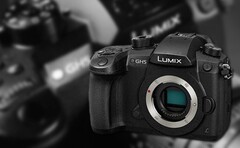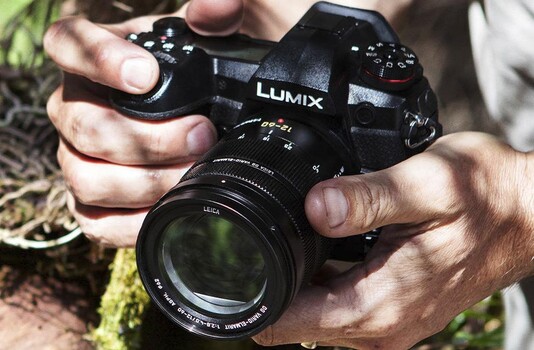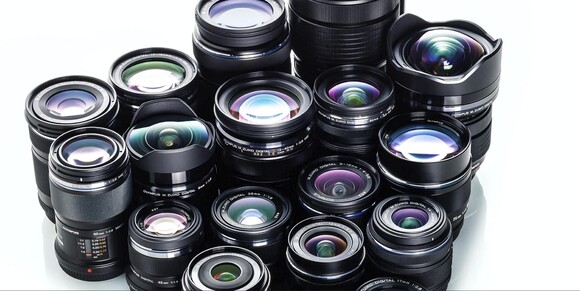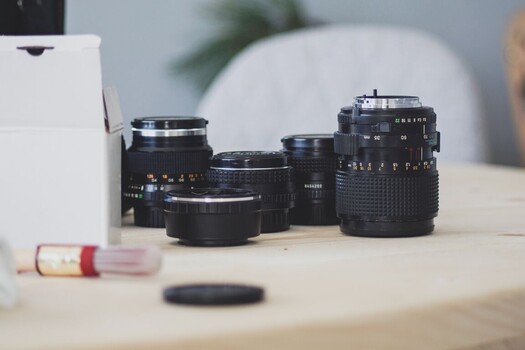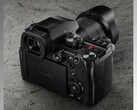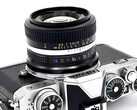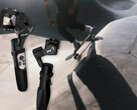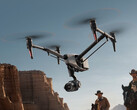1. Compact bodies and lenses without sacrificing too much
One of the biggest benefits of the Micro Four Thirds (M43) system is the compactness the small sensors offer. With the rise of smartphone cameras, it's been made clear that the best camera for any situation is the one you have on you, and many M43 cameras are uniquely compact to the point that you can fit one into a jacket pocket fairly easily.
The Panasonic Lumix GX9, at 124 x 72.1 x 46.8 mm (4.8 x 2.8 x 1.85 inches), is only marginally larger than something like the Sony ZV-E1 at 105.5 x 60.0 x 43.5 mm (4.1 x 2.4 x 1.7 inches), yet it fits a much larger sensor into that footprint. Along with a larger sensor, the ability to swap lenses on such a compact device also makes it a lot more versatile than the average compact camera.
The rich M43 lens ecosystem is also full of all sorts of tiny lenses, like the 26-mm long (1.02-inch) Panasonic Lumix G II 20mm F/1.7, that make it awfully easy to pack a fair bit of gear into a fairly small bag.
2. Interoperability
One of the things you'll hear when looking for photography buying advice is to "buy into the system, not the body," which basically means that you shouldn't be buying a camera body based on what it can do, but rather the lens system that works with it. The thinking goes that in two years, when you upgrade your camera body, you'll still have all the expensive glass you invested in at your disposal.
Micro Four Thirds is uniquely advantaged in this regard, thanks to there being a number of manufacturers making bodies for the system. Not only can you get plenty of high-quality lenses, but when you do need to eventually change bodies, you're not locked into Nikon, Sony, or Canon's ecosystem with its particular strengths and weaknesses. While the number of M43 cameras has somewhat dwindled over the years — with Panasonic and OM Digital Systems (formerly Olympus) being the only serious players left — the lens variety is truly immense.
3. Adapting lenses from other systems is a breeze
Adapting vintage lenses is somewhat of a niche application, but it's something that every photographer needs to try at least once because of the character and charm it brings out in your images. Because it's an open standard, there are M43 adaptors for just about every product out there, making it a great system for those looking to experiment with older gear that would otherwise collect dust in an attic. Another benefit of vintage glass, aside from fun and preservation, is that you can often get high-quality lenses for comparatively low prices if you look hard enough, allowing you to build out your gear collection without having to sell your organs.
4. Compact sensors allow space for features
When cameras like the Olympus E-M5 came out as far back as 2012, it was remarkable in that it was compact, affordable, and had premium features like in-body image stabilisation — something that had mostly been seen only on premium devices before that. As the system has aged, it's become clear that Micro Four Thirds is a hotbed for bang for the buck features. Now, we have devices like the — admittedly expensive — Panasonic Lumix GH6, packed with features like 5K 60p video recording and five-axis image stabilisation, becoming favourites for YouTubers and small-scale video production teams because of just how flexible and powerful they are.
Source(s)
Micro Four Thirds Organisation, Panasonic, DPReview, Imaging Resource, OM Digital Systems
Teaser image (edited) by Panasonic & ShareGrid on Unsplash, In-text image by Sven Brandsma on Unsplash


